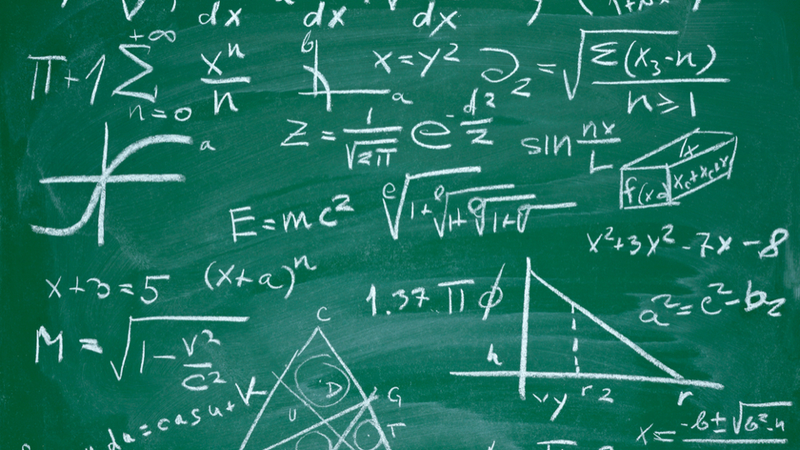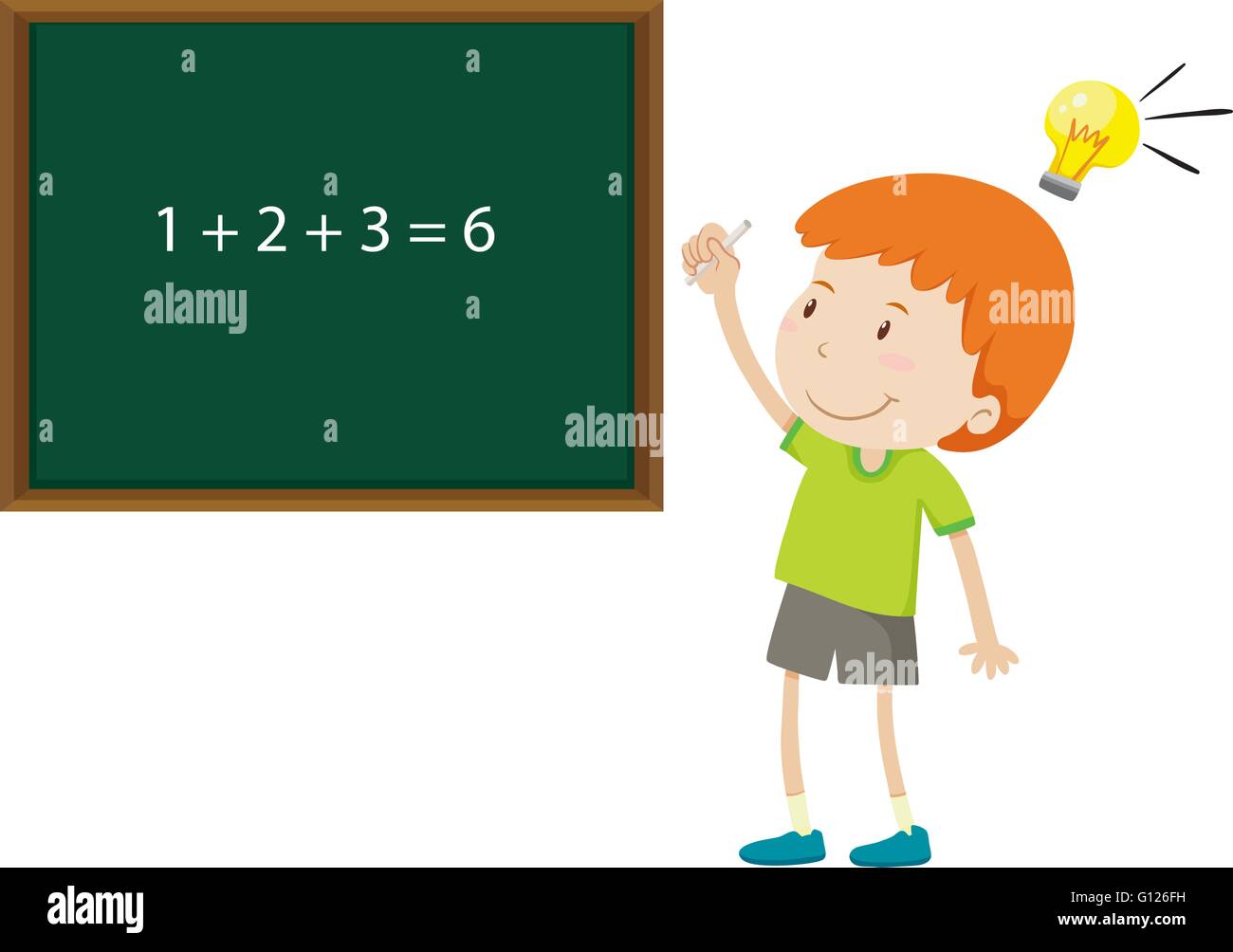
Use place value understanding and properties of operations to perform multi-digit arithmetic.ģ.NBT.A.1. Grade 3 - Number and Operations in Base Tenģ.NBT.A. For example, observe that 4 times a number is always even, and explain why 4 times a number can be decomposed into two equal addends.ģ.NBT. Identify arithmetic patterns (including patterns in the addition table or multiplication table), and explain them using properties of operations.
#Math illustrations manual how to#
This standard is limited to problems posed with whole numbers and having whole-number answers students should know how to perform operations in the conventional order when there are no parentheses to specify a particular order (Order of Operations).ģ.OA.D.9. Assess the reasonableness of answers using mental computation and estimation strategies including rounding. Represent these problems using equations with a letter standing for the unknown quantity. Solve two-step word problems using the four operations. Solve problems involving the four operations, and identify and explain patterns in arithmetic.ģ.OA.D.8. By the end of Grade 3, know from memory all products of two one-digit numbers.ģ.OA.D.

Fluently multiply and divide within 100, using strategies such as the relationship between multiplication and division (e.g., knowing that $8 \times 5 = 40$, one knows $40 \div 5 = 8$) or properties of operations. For example, find $32 \div 8$ by finding the number that makes $32$ when multiplied by $8$.ģ.OA.C.7. Understand division as an unknown-factor problem. (Associative property of multiplication.) Knowing that $8 \times 5 = 40$ and $8 \times 2 = 16$, one can find $8 \times 7$ as $8 \times (5 + 2) = (8 \times 5) + (8 \times 2) = 40 + 16 = 56$. (Commutative property of multiplication.) $3 \times 5 \times 2$ can be found by $3 \times 5 = 15$, then $15 \times 2 = 30$, or by $5 \times 2 = 10$, then $3 \times 10 = 30$. Examples: If $6 \times 4 = 24$ is known, then $4 \times 6 = 24$ is also known. Students need not use formal terms for these properties. Apply properties of operations as strategies to multiply and divide. Understand properties of multiplication and the relationship between multiplication and division.ģ.OA.B.5.


Interpret products of whole numbers, e.g., interpret $5 \times 7$ as the total number of objects in 5 groups of 7 objects each.

Represent and solve problems involving multiplication and division.ģ.OA.A.1. Grade 3 - Operations and Algebraic Thinkingģ.OA.A.


 0 kommentar(er)
0 kommentar(er)
